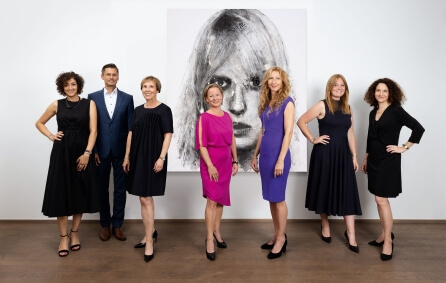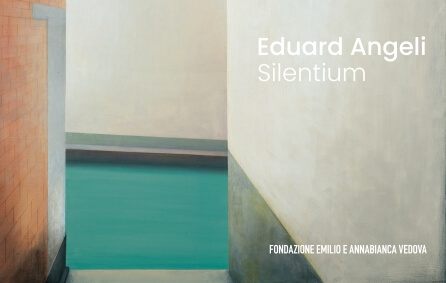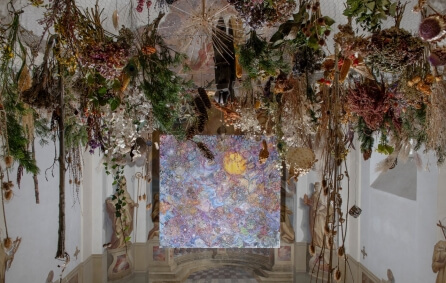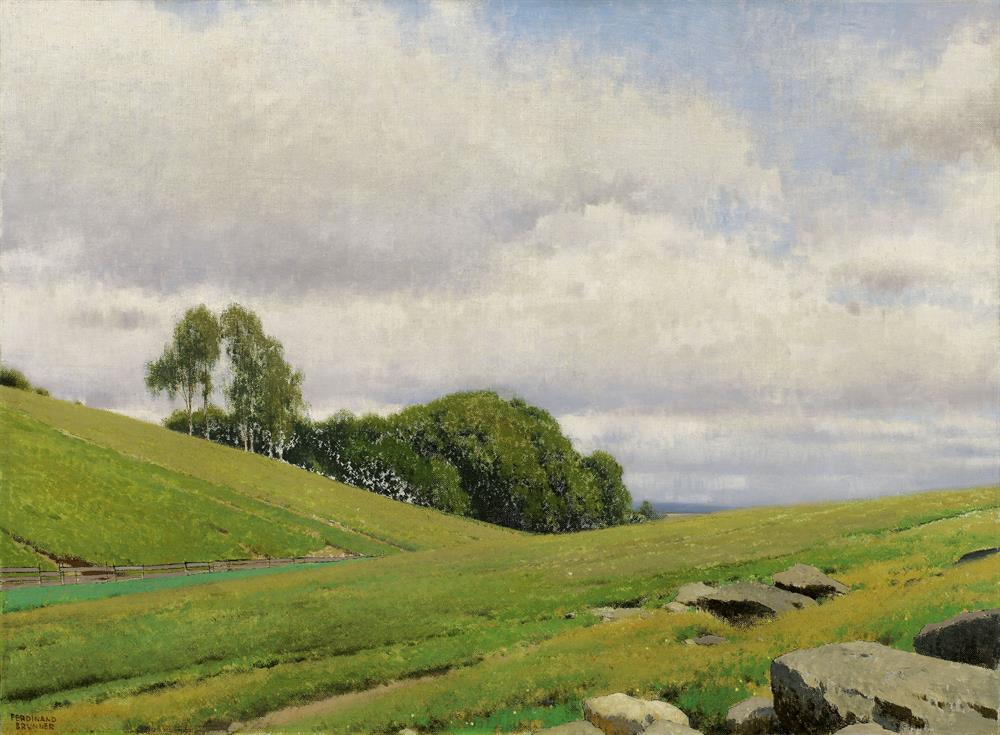
Ferdinand Brunner
The following artworks are for sale

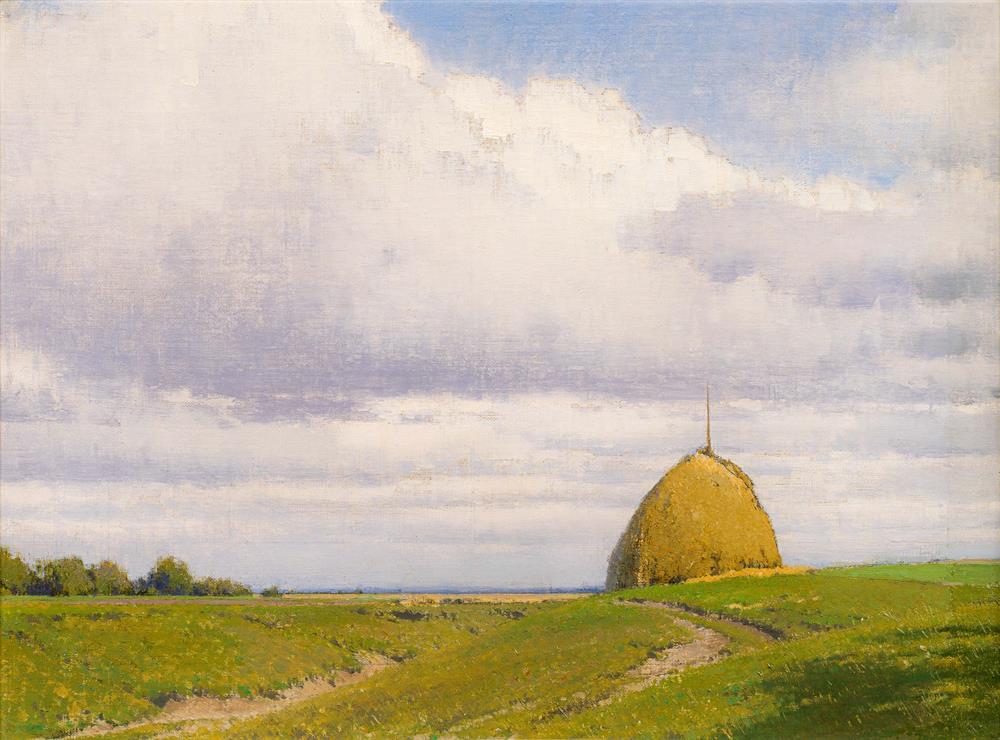
Brunner Ferdinand Summer's Day

Brunner Ferdinand Alley at the edge of a field around 1920
Biography

The famous landscape painter and native of Vienna, Ferdinand Brunner, after graduating from the citizen school, studied in the studios of court painters Carlo Brioschi, Hermann Burghart and Hans Kautsky, the most renowned artists of their time. At twenty-one, he made a brief study trip to Carinthia. The resulting paintings and drawings persuaded Professor Eduard Peithner von Lichtenfels to admit Brunner to the Academy of Fine Arts. Already during his studies, the painter received all the prizes, awards and scholarships that the Academy had to offer. It is impressive how quickly and consistently the young artist went his way. Embedded in the colorism of the Late Impressionists, Brunner found his very own style early on. His paintings invite the viewer to pause, to stillness and tranquility in motion. In 1901 the painter became a member of the Vienna Künstlerhaus. Due to his unwavering adherence to his direction and the spiritual, but also technical demands of his paintings, Brunner soon had a large circle of friends and followers who appreciated his work. Influenced by his teacher Eduard Peithner von Lichtenfels and based on the Secessionist style of painting around 1900, he created pictures that still impress today with their balance and quiet monumentality. At the same time, the artist always maintained a distance to his motifs, which accounts for the special charm of his landscapes. Ferdinand Brunner died in Vienna in 1945.
Ferdinand Brunner loved untouched nature, its simplicity and silence. He always chose quiet, peaceful stretches of countryside, isolated from the hustle and bustle of urban life, to draw the focus back to the inconspicuous, which is all too easily overlooked. To reinforce the impression of rural idyll, he avoids any staffage; in rare cases he lets individual geese run along a path or a flock of sheep graze next to a mill. Mostly, however, he restricts himself to the essentials and dispenses with superfluous details in order to reproduce the mood of the dreamy landscape in its remoteness.

